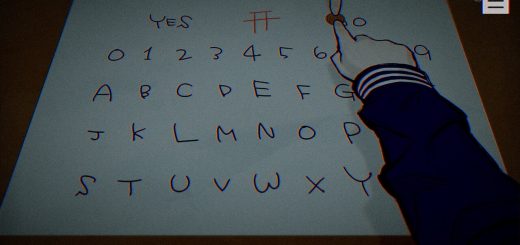The exciting revival of old puzzle books in Labyrinth City: Pierre the Maze Detective
Of course! Why did no one think of this before? Or perhaps they did and I’ve never heard about it: it wouldn’t be the first time. I’m talking about turning books, things known for being still, into games, and in the process adding to them. Giving them new life, new energy. I’m not talking about word-books and adaptations of stories into games, because we see those all the time. I’m talking about picture-books that were already, confusingly, a kind of game.
Labyrinth City: Pierre the Maze DetectiveDeveloper: DarjeelingPublisher: PixmainPlatform: Played on PCAvailability: Released 22nd June on Steam for £10.79. Releases 15th July on Nintendo Switch, also for £10.79. Is apparently coming to iOS and Android this year
The one I’m reminded most strongly of is Where’s Wally? That book series about finding a curly-haired, bespectacled explorer in a city of charming chaos. And you know I’ve been told I rather resemble him – I always knew he was a handsome cad! Do you remember it? Massive books with massive, double-page picture spreads, filled with the smallest, most intricate details. People everywhere, up to all sorts, every shenanigan you can think of. They might be in Ancient Egypt, a pirate town, a medieval battle: wherever the book’s creators could dream up a visually powerful theme. And you’d look at these pictures for hours, probably with friends, until you’d found every Wally (or Waldo if you’re American), every Wizard, every dog’s tail, and whatever else the book-game wanted you to find.
What if you turned that into a video game? What if you animated it and brought those evocative, frozen-in-time snapshots of chaos to life? Well, that’s what Labyrinth City: Pierre the Maze Detective does, and it’s an absolute delight.
I’d never heard of Pierre before but apparently it’s a long-running book series like Where’s Wally? The idea is slightly different, though. As you’ve probably guessed, it’s about mazes. You try to figure out a route through the hectic images to reach certain things: people, collectibles, and so on. And actually, this fundamental sense of movement lends itself better to a game because you move a character through it, rather than only your eyes.


